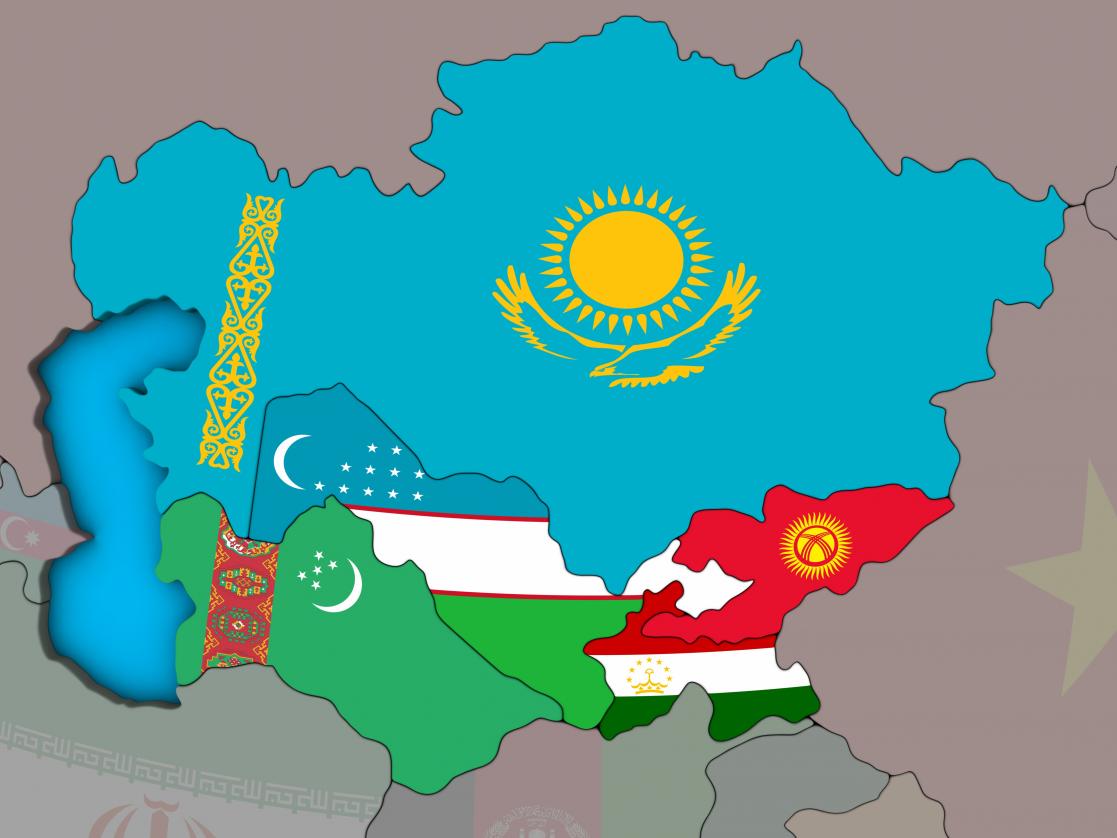Basis for the EU – Central Asia Cooperation
In June 2019, the EU adopted a new Strategy on Central Asia, updating the first Strategy of 2007. It outlines its strategic interests in the region and proposes to forge a stronger and non-exclusive partnership with Central Asian states so that the region develops as a more resilient, prosperous, and closely interconnected economic and political space.
Section Map
BASIS FOR THE EU – CENTRAL ASIA COOPERATION
The Strategy outlines three priority strands for EU engagement:
- partnering with Central Asian states and societies for resilience (human rights and democracy, security, environmental challenges);
- partnering for prosperity (supporting economic diversification and private sector development, promoting intra-regional trade and sustainable connectivity);
- supporting regional cooperation in Central Asia.
The new EU Strategy also provides guidance for the preparation of EU aid programming for the period 2021-2027.
The negotiation of new-generation Enhanced Partnership and Cooperation Agreements (EPCAs) with Central Asian states has also provided a strong vehicle to forge a more modern and diversified partnership beyond a “trade and aid” agenda and promote cooperation and regulatory convergence in areas which are relevant to the reform processes underway in the region.
The EPCA with Kazakhstan has come into force. The EPCA with Kyrgyzstan was initialled in 2019 and work proceeds on preparing the text for signatures. EPCA negotiations with Uzbekistan are nearing completion. The EU is preparing to engage in EPCA negotiations with Tajikistan.
The EU and the Central Asian countries engage in an annual ministerial level meeting as well as a Civil Society Forum. A first EU-Central Asia Economic Forum was organised in November 2021.

